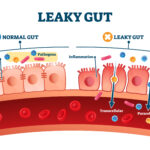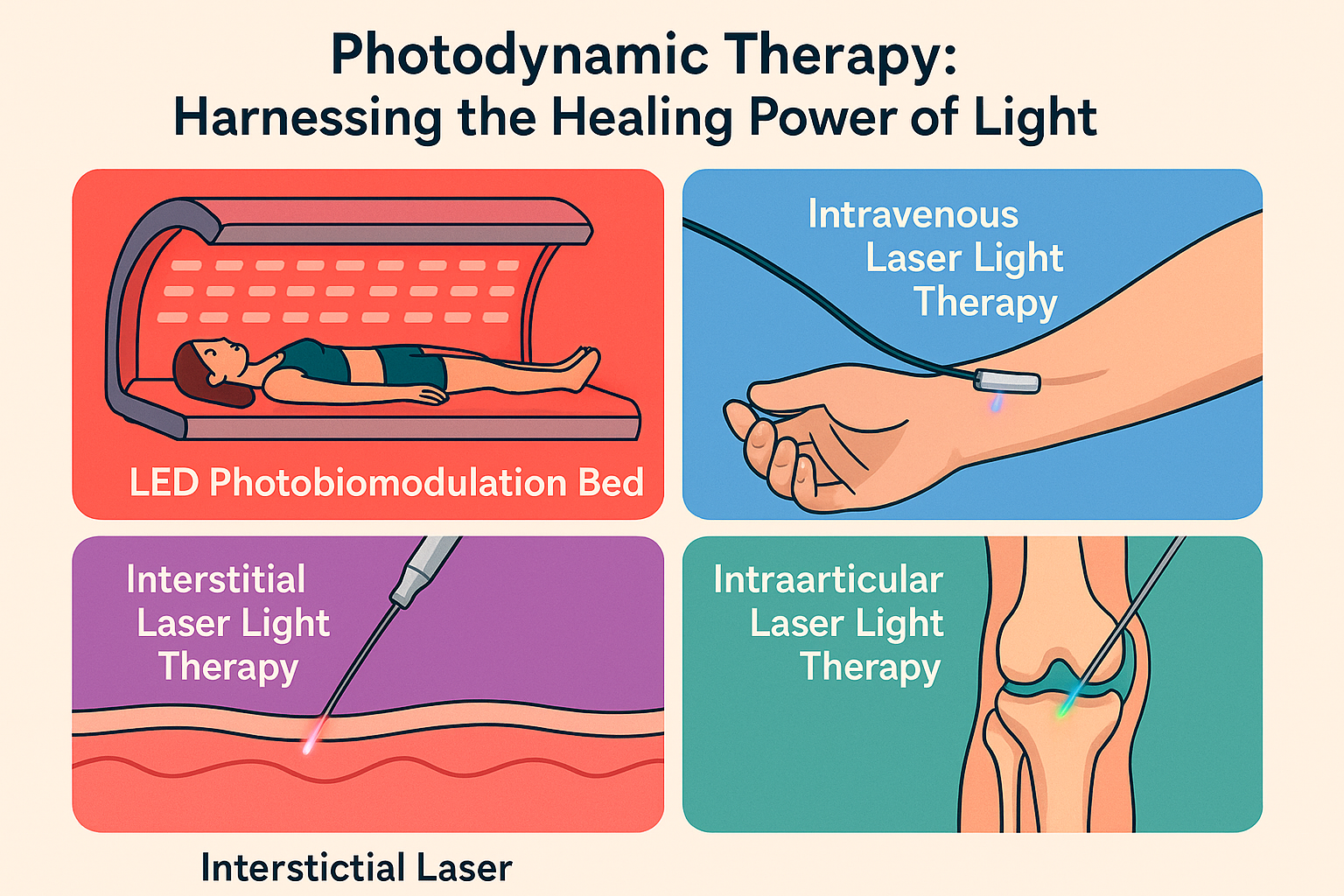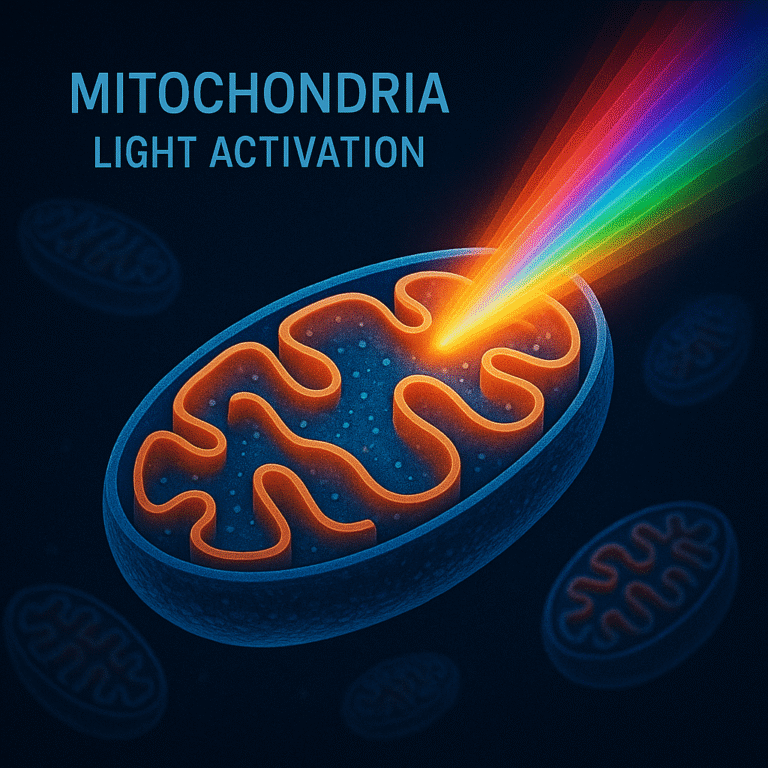Discover the potential of salvestrol as a complementary therapy for cancer patients. Learn about its mechanism of action, benefits, safety considerations, and more in our insightful blog post.
In the realm of cancer treatment, the quest for effective therapies continues to evolve. Alongside conventional treatments like chemotherapy, immunotherapy and radiation, emerging complementary approaches offer promising avenues for enhancing patient outcomes. One such contender is salvestrol, a natural compound garnering attention for its potential in supporting cancer treatment. In this blog post, we delve into the concept of salvestrol, its mechanism of action, and its role in the realm of cancer therapy.
Exploring the potential of salvestrol unveils a new frontier in health management. Just as our lifestyle choices impact our well-being, understanding the role of natural compounds like salvestrol sheds light on innovative approaches to supporting overall health and improving cancer treatment efficacy.
Understanding Salvestrol
Salvestrols are a group of phytonutrients found in certain fruits and vegetables, particularly those affected by fungal pathogens. These compounds are metabolized by cytochrome P450 enzymes, notably CYP1B1, present in cancer cells. CYP1B1 metabolizes salvestrols to produce a metabolite within the cancer cell that induces apoptosis, or programmed cell death. The specificity of this metabolic pathway suggests a potential mechanism for targeting cancer cells while sparing healthy tissues.
It’s worth noting that salvestrols are primarily found in organically grown fruits and vegetables. Non-organically grown produce, typically subjected to pesticides and fungicides, may lack significant levels of salvestrol. Modern agricultural practices, through the widespread use of fungicides, have significantly depleted Salvestrols from our foods. This depletion makes it difficult to take full advantage of this rescue mechanism through our diet alone
Moreover, Salvestrols are phytoalexins, produced in response to pathogens as described above, which distinguishes them from other phytonutrients. They do not neatly belong to any specific class of phytonutrients. Some are stilbenes, some act as antioxidants, others as phytoestrogens, while some fall outside these categories. The major point is that Salvestrols derive their anticancer activity not from belonging to a particular phytonutrient class but rather through their metabolism by CYP1B1.
Literature: The Journal of Orthomolecular Medicine (JOM), Volume 27, Number 3, 2012, Case Reports 131, features case studies on cancer and related case studies involving Salvestrol and CYP1B1. Please review the paper for a description of the clinical cases and doses used by the participants.
Exploring Salvestrol's Potential Benefits in Cancer Care: Ongoing Research and Promising Findings.
Salvestrols induce programmed cell death specifically in cancer cells through the action of CYP1B1, offering a targeted approach to cancer treatment.
When used in combination with conventional therapies, salvestrol may enhance treatment efficacy and mitigate side effects.
Salvestrols may modulate immune responses, potentially bolstering the body’s natural defenses against cancer.
Some salvestrol compounds possess antioxidant properties, which could contribute to overall health and well-being during cancer treatment.
Safety Considerations and Precautions: While salvestrol shows promise as a complementary therapy for cancer patients, safety considerations and precautions are paramount. Please see our blog on Salvestrol FAQ to find out which foods, supplements, and environmental factors should be avoided while taking Salvestrol.
In the landscape of cancer treatment, the exploration of complementary therapies like salvestrol underscores the importance of a holistic approach to patient care. While further research is needed to elucidate the full potential of salvestrol, its emergence offers a beacon of hope in the quest for enhanced therapeutic strategies against cancer. This blog post aims to shed light on the concept of salvestrol, its potential benefits for cancer patients, and the significance of integrating natural compounds into cancer therapy approaches.









